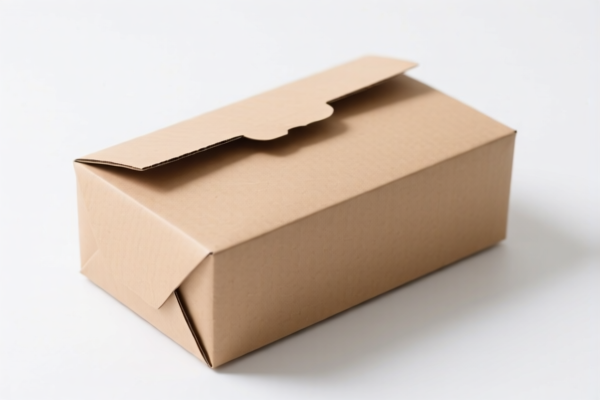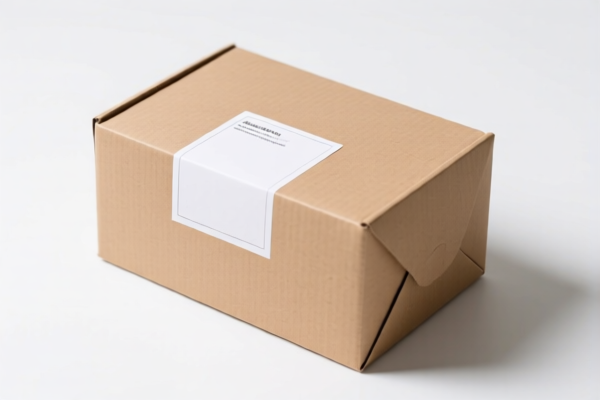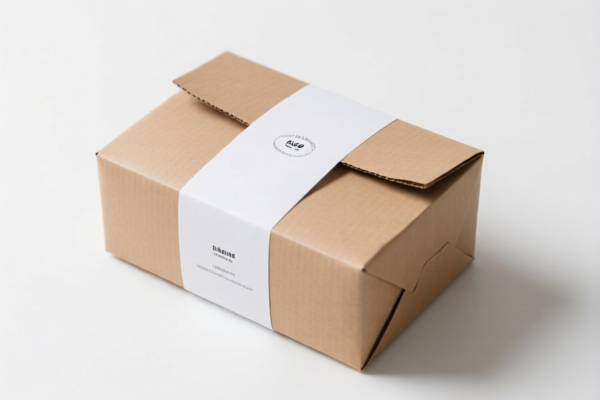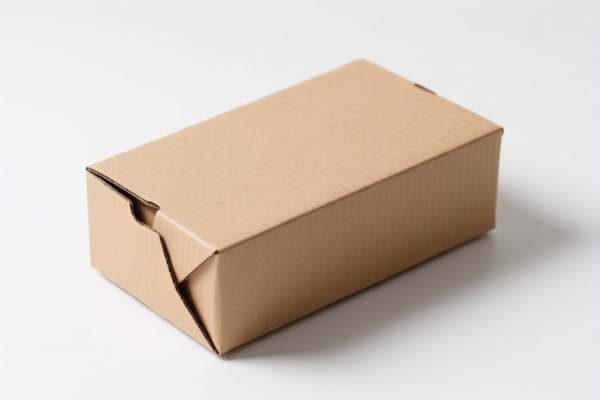| HS Code | Official Doc | Tariff Rate | Origin | Destination | Effective Date |
|---|---|---|---|---|---|
| 4819100020 | Doc | 55.0% | CN | US | 2025-05-12 |
| 4819502000 | Doc | 55.0% | CN | US | 2025-05-12 |
| 4823690020 | Doc | 55.0% | CN | US | 2025-05-12 |
| 4823690040 | Doc | 55.0% | CN | US | 2025-05-12 |
| 3825900100 | Doc | 55.0% | CN | US | 2025-05-12 |
| 3923900080 | Doc | 58.0% | CN | US | 2025-05-12 |
| 3926901000 | Doc | 40.9% | CN | US | 2025-05-12 |
| 8304000000 | Doc | 33.9% | CN | US | 2025-05-12 |
| 8304000000 | Doc | 33.9% | CN | US | 2025-05-12 |
| 6304993500 | Doc | 41.3% | CN | US | 2025-05-12 |




Paper Takeaway Packaging
Paper takeaway packaging encompasses a range of food containers and wrapping solutions designed for the convenient transportation of prepared meals and food items from businesses to consumers. It is a prevalent alternative to plastic and polystyrene options, driven by increasing environmental concerns and regulations.
Material
The primary material is paper, though variations exist in grade, coating, and construction:
- Virgin Paperboard: Derived directly from wood pulp, offering strength and printability.
- Recycled Paperboard: Made from post-consumer recycled content, reducing reliance on virgin materials. Variations include different percentages of recycled content.
- Kraft Paper: A strong, unbleached paper known for its durability. Often used for bags and wraps.
- Coated Paper: Paper treated with a coating (e.g., polyethylene (PE), polylactic acid (PLA)) to provide grease resistance, water resistance, and improved structural integrity. The type of coating impacts recyclability and compostability.
- Waxed Paper: Paper coated with wax, offering grease resistance.
Purpose
The core purpose is to safely and hygienically transport food while maintaining its temperature and quality. It also provides a surface for branding and product information.
Function
- Containment: Holding food securely during transit.
- Protection: Preventing leaks, spills, and damage to the food.
- Insulation: Maintaining food temperature (hot or cold) for a limited duration. Effectiveness varies with container design and material thickness.
- Portability: Allowing for easy carrying and handling.
- Presentation: Enhancing the visual appeal of the food.
Usage Scenarios
- Restaurants & Fast Food: Packaging for dine-out, takeout, and delivery orders.
- Cafés & Bakeries: Containing pastries, sandwiches, and coffee cups.
- Food Trucks: Providing convenient takeaway options.
- Grocery Stores: Packaging for prepared foods and deli items.
- Catering: Transporting food to events and functions.
Common Types
- Clamshell Containers: Hinged containers, typically used for burgers, sandwiches, and fried foods. Available in various sizes and materials.
- Paper Bags: Versatile for a wide range of foods, including fries, pastries, and bread. Variations include flat-bottom bags, gusseted bags, and windowed bags.
- Food Boxes: Foldable boxes used for pizza, salads, and other items. Often made from corrugated cardboard for strength.
- Wraps & Sleeves: Used for sandwiches, burritos, and other handheld items.
- Bowls & Containers with Lids: Suitable for soups, salads, noodles, and rice dishes.
- Pizza Boxes: Specifically designed for pizza, often with ventilation holes.
- Carry Trays: Used for multiple food items, common in fast-food settings.
Considerations
- Grease Resistance: Crucial for containing oily foods; achieved through coatings or specialized paper grades.
- Moisture Resistance: Important for soups and sauces; reliant on coatings or laminated materials.
- Recyclability & Compostability: Dependent on the type of paper and coatings used. PE-coated paper is generally not recyclable or compostable, while PLA coatings are compostable under specific conditions.
- Food Safety: Materials must be food-grade and compliant with relevant regulations.
- Stackability: Important for efficient storage and transportation.
- Branding & Customization: Printing options allow for logos, product information, and marketing messages.
Paper takeaway packaging generally refers to containers used for food service, typically made from paper, paperboard, or cellulose fibers. These containers are designed for single-use applications, such as transporting food from restaurants or cafes to consumers.
The following HS codes may be relevant, based on the provided reference material:
- 4819100020: This HS code covers cartons, boxes, and cases of corrugated paper or paperboard. It specifically includes sanitary food and beverage containers. Chapter 48 relates to paper or paperboard; Heading 4819 covers cartons, boxes, cases, bags and other packing containers; Subheading 4819100020 specifies those made of corrugated paper or paperboard. The total tax rate is 55.0%.
- 4819502000: This HS code also covers cartons, boxes, cases, bags and other packing containers, of paper, paperboard, cellulose wadding or webs of cellulose fibers. It includes other packing containers, including record sleeves, and specifically mentions sanitary food and beverage containers. Chapter 48 relates to paper or paperboard; Heading 4819 covers cartons, boxes, cases, bags and other packing containers; Subheading 4819502000 specifies other packing containers. The total tax rate is 55.0%.
- 4823690020: This HS code covers trays, dishes, plates, cups and the like, of paper or paperboard, specifically "Other Cups and round nested food containers". Chapter 48 relates to paper or paperboard; Heading 4823 covers other paper, paperboard, cellulose wadding and webs of cellulose fibers, cut to size or shape; Subheading 4823690020 specifies trays, dishes, plates, cups and the like. The total tax rate is 55.0%.
- 4823690040: This HS code also covers trays, dishes, plates, cups and the like, of paper or paperboard, specifically "Other Other". Chapter 48 relates to paper or paperboard; Heading 4823 covers other paper, paperboard, cellulose wadding and webs of cellulose fibers, cut to size or shape; Subheading 4823690040 specifies trays, dishes, plates, cups and the like. The total tax rate is 55.0%.
Regarding these HS codes, please note that a 25.0%加征关税 will be applied, increasing to 30.0% after April 2, 2025.
Customer Reviews
No reviews yet.